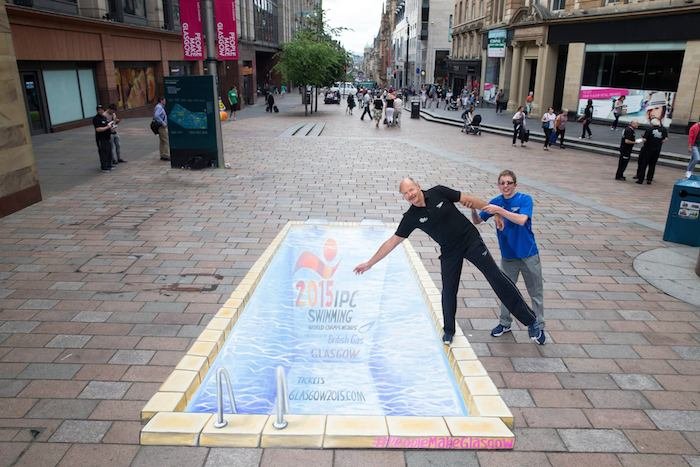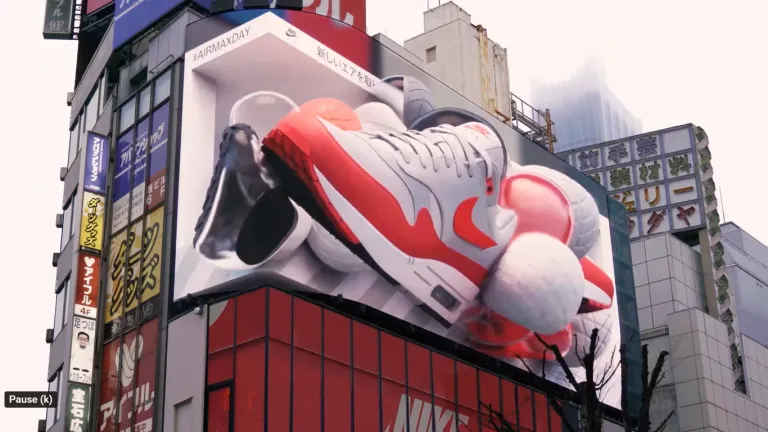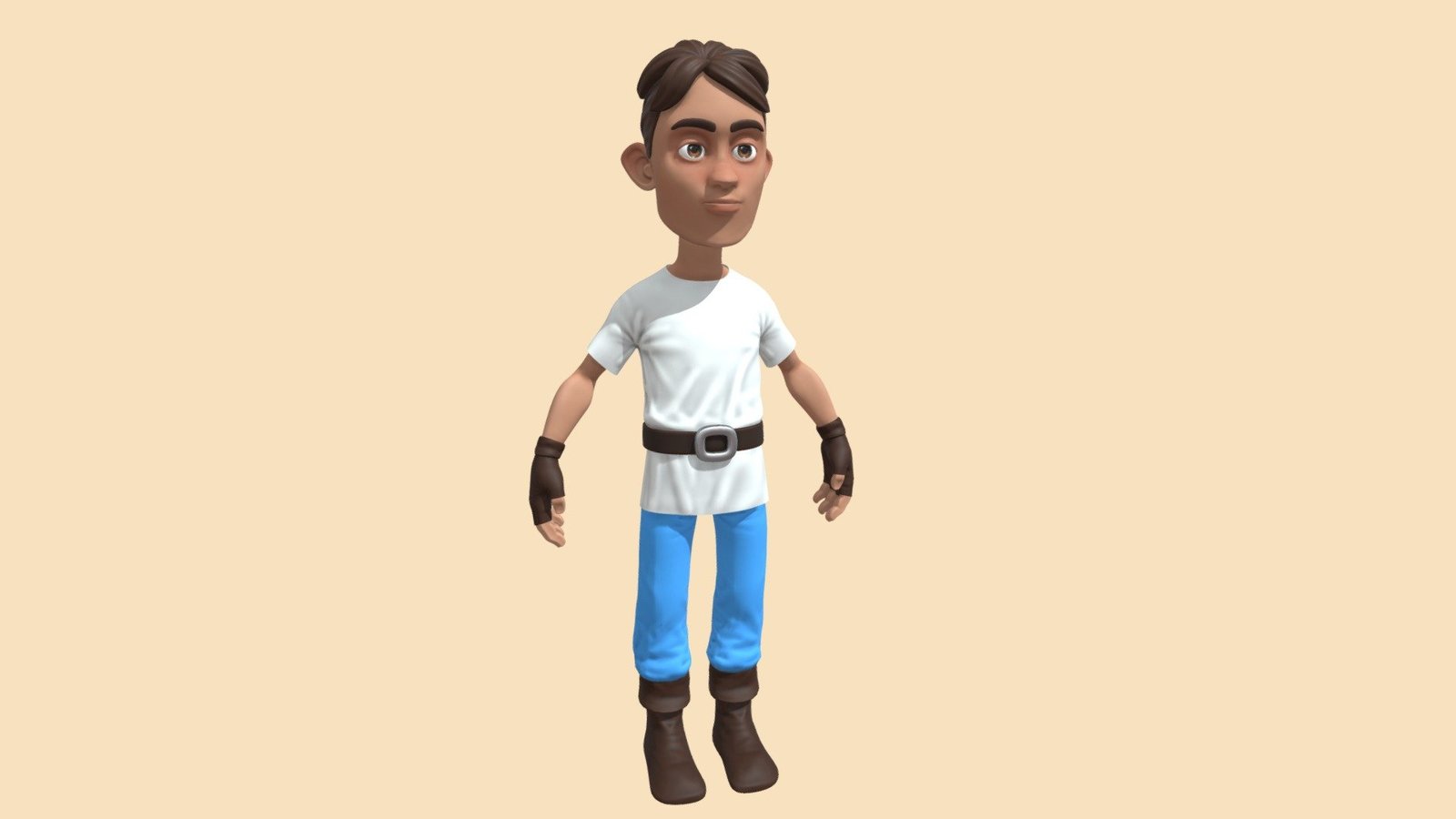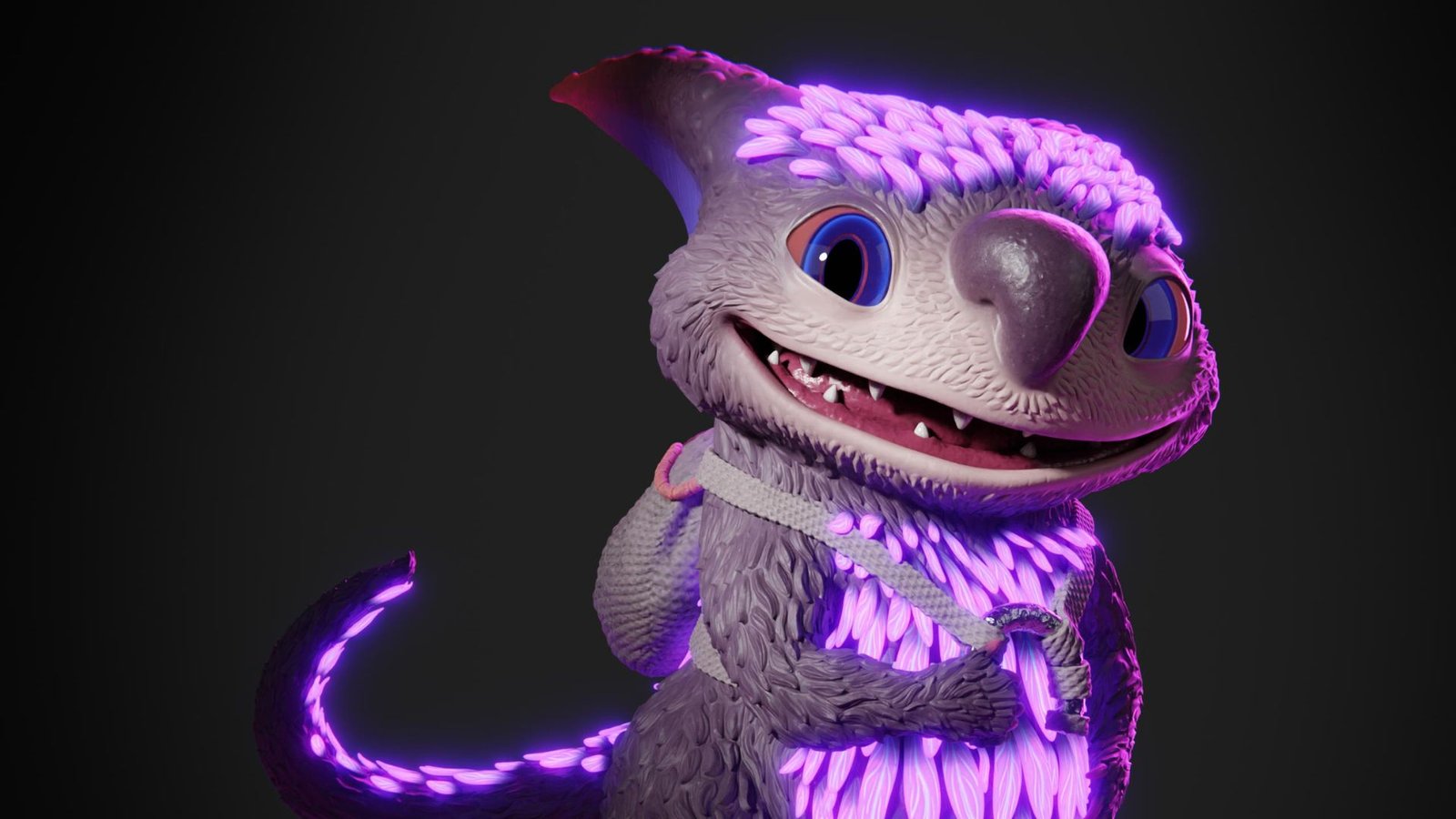Using 3D art in advertising and marketing has transformed how brands communicate with their audience. With the rise of digital technologies, businesses can now create visually stunning and immersive experiences that capture attention and drive engagement. In this article, we’ll explore various ways of using 3D art in advertising and marketing, highlighting its benefits and creative applications.
Creating Eye-Catching Visuals
One of the most effective ways of using 3D art in advertising and marketing is to create eye-catching visuals. Unlike traditional 2D images, 3D art offers depth and realism that can make products stand out. Brands can use 3D models to showcase their products from different angles, allowing potential customers to see details that might be missed in a flat image. For example, a furniture company can create a 3D rendering of a chair that shows not only the design but also how it fits into a room. This technique can enhance the customer’s understanding of the product, leading to higher conversion rates.

Enhancing Brand Storytelling
Using 3D art in advertising and marketing is also a powerful way to enhance brand storytelling. Brands can create engaging narratives that draw customers in and evoke emotions. For instance, a company selling outdoor gear might use 3D animations to illustrate the adventure and excitement of using their products in nature. This immersive storytelling helps consumers connect with the brand on a deeper level, making them more likely to remember the brand and its message.
Developing Interactive Experiences
Another innovative method of using 3D art in advertising and marketing is through interactive experiences. Brands can create interactive 3D models that allow users to engage with the product online. For example, a car manufacturer might offer a 3D configurator on its website, where users can customize a vehicle’s color, wheels, and accessories. This interactive feature not only keeps users on the website longer but also encourages them to explore different options, increasing their likelihood of making a purchase.
Utilizing Augmented Reality (AR)
Augmented Reality (AR) is a game-changer for using 3D art in advertising and marketing. AR applications allow users to see 3D models in their real-world environment through their smartphones or tablets. For instance, a cosmetics brand might enable customers to use AR to see how different makeup products look on their skin before purchasing. This technology enhances the shopping experience by providing a more personalized and engaging interaction, which can lead to increased sales and customer satisfaction.
Producing Engaging Social Media Content
Social media platforms are a vital part of modern marketing, and using 3D art can significantly boost engagement. Brands can create visually striking 3D animations or graphics for their social media posts. These eye-catching visuals can increase likes, shares, and comments, leading to greater brand visibility. For example, a fashion brand could use 3D art to showcase its latest collection in a dynamic video, attracting more followers and potential customers.
Crafting Compelling Advertisements
Using 3D art in advertising and marketing also allows for the creation of compelling advertisements. 3D animations can bring products to life, demonstrating their features and benefits in an engaging way. For instance, a tech company might produce a 3D animation showing how a new gadget works, making it easier for consumers to understand its value. These advertisements can be used on various platforms, including television, online video, and social media, reaching a wider audience.
Improving Product Visualization for E-commerce
In e-commerce, using 3D art in advertising and marketing can improve product visualization. Customers often hesitate to buy online due to uncertainty about how a product looks or fits. 3D renderings can provide a realistic view of the product, helping to alleviate these concerns. For example, a clothing retailer might use 3D models to show how garments fit on different body types, giving customers a better sense of what to expect when they order online.
Facilitating Virtual Trade Shows and Exhibitions
With the shift towards virtual events, using 3D art in advertising and marketing can facilitate engaging virtual trade shows and exhibitions. Brands can create virtual booths that allow visitors to explore their products in a 3D environment. This immersive experience can replicate the feeling of attending a physical event, making it easier for brands to connect with potential customers and partners. Such innovative approaches help businesses stand out in a competitive market.
Creating Brand Loyalty Through Customization
Another way of using 3D art in advertising and marketing is by offering customization options that foster brand loyalty. By allowing customers to design their products through 3D modeling, brands can create a sense of ownership and attachment. For instance, a shoe company could enable customers to design their sneakers, choosing colors, materials, and styles. This level of personalization can enhance the customer experience and encourage repeat purchases.
Conclusion
In conclusion, using 3D art in advertising and marketing opens up many creative possibilities for brands. From creating stunning visuals and enhancing storytelling to developing interactive experiences and leveraging augmented reality, the applications are diverse and impactful. As technology continues to advance, incorporating 3D art into marketing strategies will likely become even more essential for engaging customers and driving sales.




